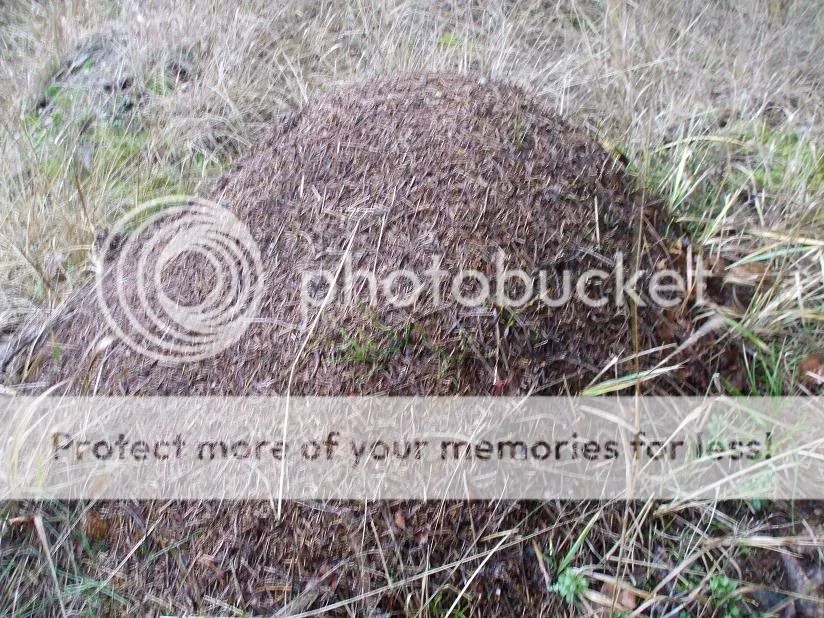This will be the first post in a series covering my gear selections/philosophies. Some of you may have seen my gear posts at The Sharpened Axe almost a year ago. Since then, I’ve stripped out some unused items and made a few changes by adding some self-made and modified gear. Most of the changes to my loadout were spurred on by two factors, lessons learned from a few longer backpacking trips from the summer and the motivation/inspiration to tackle some projects which finally got my equipment the way I really want it. I’m sure there will be more changes in the future (there always are), but I have noticed that these changes are slowing down over time as I get a precise idea of how I like things to be.
There will be five parts to this series: belt pouch, shoulder bag, backpack, cutting tools and seasonal gear. This is the way I separate my gear, both in my mind and physically as well, so I thought this would be the best way to cover it. First up is my belt pouch.
I recycled the pouch itself from a small woman’s backpack made of leather which I got at a consignment shop for 2 Euros (3 Dollars). I cut out a pocket from the backpack, so let’s say the pocket itself cost 0.50 Euros (0.75 Dollars). I applied brown shoe polish to the pouch to change it from the original green color and also cut two slits in the back for my belt. Its approximate size is 10 cm x 8 cm x 4 cm (4″ x 3″ x 1.5″).

And the contents (listed going clockwise from the top):

1. Swiss card knock-off: 1.50 Euros (2 Dollars)
2. Birch bark match case: free, self-made
3. Mini fishing kit and needle: scavenged, say 1 Euro (1.50 Dollars)
4. Wenger Classic 07 SAK: 7 Euros (10 Dollars) bought used from consignment shop
5. Twine: cut from a spool, a few cents
6. Small flashlight: gift, probably about 2 Euros (3 Dollars)
7. Whistle: bought as part of a set, probably about 1 Euro (1.50 Dollars)
8. Small compass: bought as part of a set, probably about 1 Euro (1.50 Dollars)
Total cost: about 14 Euros (20 Dollars), plus a little time and effort
I decided to cover this belt pouch first because it is something that I ALWAYS have, whether it’s a 1-hour hike or a week-long trip. I will bring other items depending on the length of stay and purpose of the trip, but this belt pouch always comes long. The contents cover fire starting, light cutting tasks, hole punching, can opening, bottle opening, splinter removal, signaling (visual and auditory), general direction finding, lighting, general binding tasks, aid in shelter building (twine), sewing repairs and emergency fishing and possibly trap making.

The pouch itself is already about as full as it can get, and I’m not planning on adding anything to it. I keep other essential items in my shoulder bag and backpack, so I don’t consider this kit to be the ultimate of anything. It’s not intended to be a complete survival kit, emergency kit or anything like that. It contains often-used items which are nice to have in an easily accessible place. I like to keep them separate from my backpack and shoulder bag and secure to my body so that I still have some basic capabilities should I somehow lose those packs.
EDIT: Just to clear things up, this belt pouch does not contain my only means for fire lighting, navigation, fishing, cutting, lighting etc. It is a small part of my gear selection, and many of the items are backup items to better and more robust items in my shoulder bag, which is what I consider to be the “meat” of my kit, and which is attached to me even more securely than the belt pouch.
EDIT 2: The discussions and suggestions in the comments section have got me thinking. Being a person who would rather be safe than sorry, I’m going to take Perkunas’ advice and incorporate a firesteel either into my belt pouch or the new sheath knife I will be receiving. I know how much experience Perkunas has, and I listen to those with real experience (not word for word, and not blindly, but I value what they have to say). Should I somehow lose my shoulder bag (unlikely), it would be wise to have an extra firesteel tucked away somewhere. I’m not averse to using firesteels, I just prefer to keep mine in my shoulder bag. Seeing as how fire is extremely important, especially here in the north, it does make sense to be very well equipped with fire-making equipment.
This made me realize that this blog is a great way to tweak my gear thanks to readers’ input. So in subsequent parts of this gear series, I will welcome suggestions from readers. Be aware, though, that everything I carry and use is tried-and-tested, so don’t expect too much. 😉 But if you have a great idea that hasn’t crossed my mind or experience, I won’t be too proud to incorporate suggestions into my gear loadout.




































